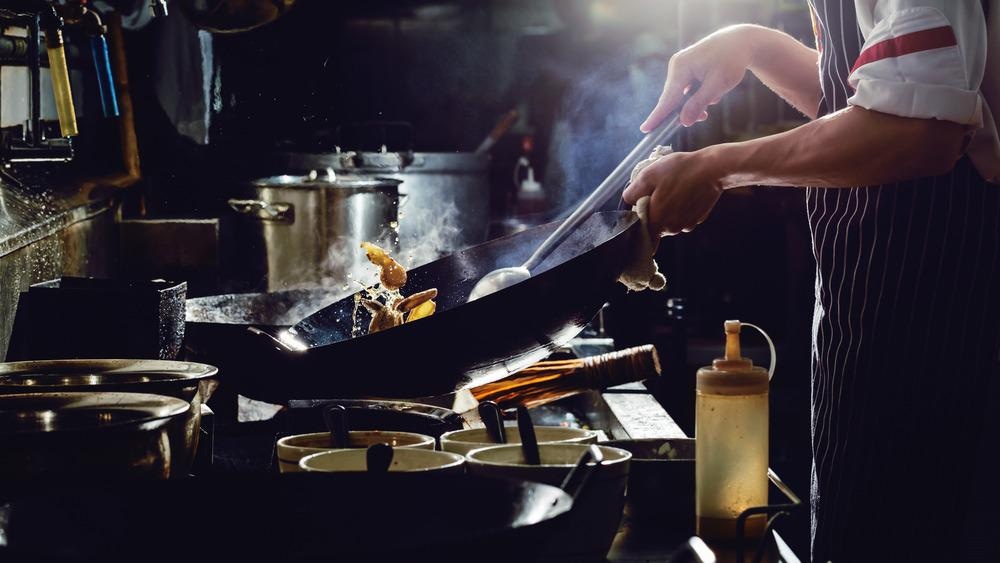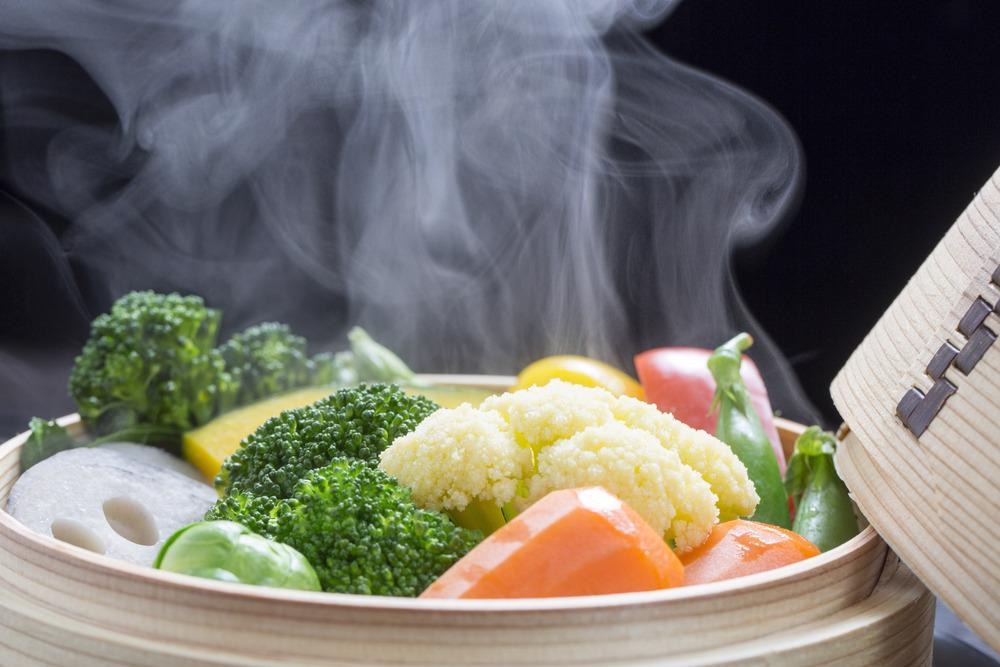Cooking is essentially a complex chemical reaction. Chefs and food scientists understand the biochemistry of food and cooking and how it affects the cooked product's final quality and nutritional content. This article will delve into this subject, providing a brief overview of the biochemistry of food and how different cooking techniques change the biochemistry of common foodstuffs.

Image Credit: U2M Brand/Shutterstock.com
The Importance of Understanding the Biochemistry of Food and Cooking
Cooking is a human activity that stretches back millennia. The use of specific temperature, time, techniques, and procedures cause a change in the biochemical profile of foodstuffs, leading to changes in nutritional content, flavor, aroma, texture, and digestibility. Understanding the biochemistry of food and how cooking elicits a chemical change is a crucial concern for the food science, retail, and catering industries.
Cooking and Food Safety
Especially in the case of meat and shellfish, undercooked or raw food can contain pathogenic bacteria and microorganisms. These microorganisms can cause diseases if they proliferate in the digestive system, with potentially fatal consequences. Cooking food products improves safe consumption by killing the microorganisms that may be present within them. In the case of raw fish, cooking destroys thiaminase, an enzyme that can cause thyroid deficiencies.
The Effect of Cooking on Nutrition
A food's nutritional value is determined by how much and what is consumed and how it is prepared. Preparing and cooking food changes not just how it appears and tastes but the nature and availability of nutrients within it. Cooking does not change a food's calorie content unless substances like fat are added to the cooking process.
Whether it is a dry or moist process, cooking can change the nutritional content of food in many ways. For example, cooking meat breaks down muscle fibers, making it much easier to digest the essential proteins in the food. Water-soluble vitamins such as Vitamin C can leach into water, reducing the content of vegetables. Grilling can cause the loss of some fat. Nutrients can be lost via chemical breakdown. Moreover, cooking may enhance or degrade the nutrients present within the food.
Water-soluble vitamins such as Vitamin C and B can leach into the water during boiling or poaching. Therefore, cooking methods such as steaming and roasting are preferable to retain as much of the nutritional content of these vitamins as possible. Some will inevitably be lost through evaporation, regardless of the cooking method employed.
While they are not as easily degraded as water-soluble vitamins, fat-soluble vitamins such as Vitamin K, A, D, and E can be degraded by cooking. Much like water-soluble vitamins leach into the cooking water, fat-soluble vitamins can leach into fats such as oil and butter used during cooking. Not all vitamins are equally degraded during cooking, and some, including Niacin, Pantothenic acid, and Biotin, become more stable when cooked or processed. Nutrient loss can be minimized by retaining cooking water and reducing cooking time, especially for vegetables.
Breaking Down Hard to Digest Food Molecules
Cooking food leads to a breakdown in hard-to-digest components. Collagen, a connective tissue present in animal products, is not easily denatured by temperature. Still, moist cooking methods like boiling and poaching can break down collagen and turn it into gelatin.
Iron, B vitamins, and proteins are important elements of a healthy diet found in animal food products like beef and pork. However, many meat products are hard to digest, being tough and unappetizing in their raw form (as well as being potentially dangerous due to the presence of disease-causing microorganisms). Still, upon heating, the muscle tissue thickens and denatures. Breaking down tough tissue fibers makes them easier to chew and allows digestive juices to access nutrients rapidly.
In plants, cellulose surrounds cells, which is hard to digest by humans, and challenging to disrupt by chewing. Additionally, digestive juices cannot penetrate the cellulose wall. Cooking plant materials such as cereals break down the cellulose, with moist methods such as boiling, steaming, and stewing softening this plant material and making it easier to digest.

Image Credit: kazoka/Shutterstock.com
Some Effects of Different Cooking Methods on the Biochemistry of Food
Various cooking techniques affect the biochemical composition of food in different ways. For example, in baking, which uses airflow to create dry heat, starches are easily broken down, and fluid loss leads to the loss of some water-soluble vitamins. Blanching, where food is briefly plunged into boiling water and then immersed in cold water, removes the bitter taste of some types of vegetables and enhances their color while softening tough vegetable fibers. Frying can increase the calories in food by using fat.
Braising breaks down collagen in meat products and retains nutrients. Trace minerals such as zinc and iron are unaffected by braising. Steaming foods such as fish, meats, ham, and poultry limit their nutrient loss and retain water-soluble vitamins in vegetables. Steaming is an excellent alternative method for grains as it retains niacin.
Summing Up
Cooking is a complex process that causes biochemical reactions and changes in the structure and bioavailability of nutrients. Additionally, it improves food safety by killing pathogenic microorganisms and destroying toxins that would otherwise be harmful in raw food. Proper storage will improve the safety of cooked foods such as meat, fish, and poultry. Cooking also improves the flavor and texture of foodstuffs. Different cooking methods affect the biochemistry of food in numerous ways.
Read Here: Mental Health and Cooking
References:
Further Reading
Last Updated: Apr 25, 2022